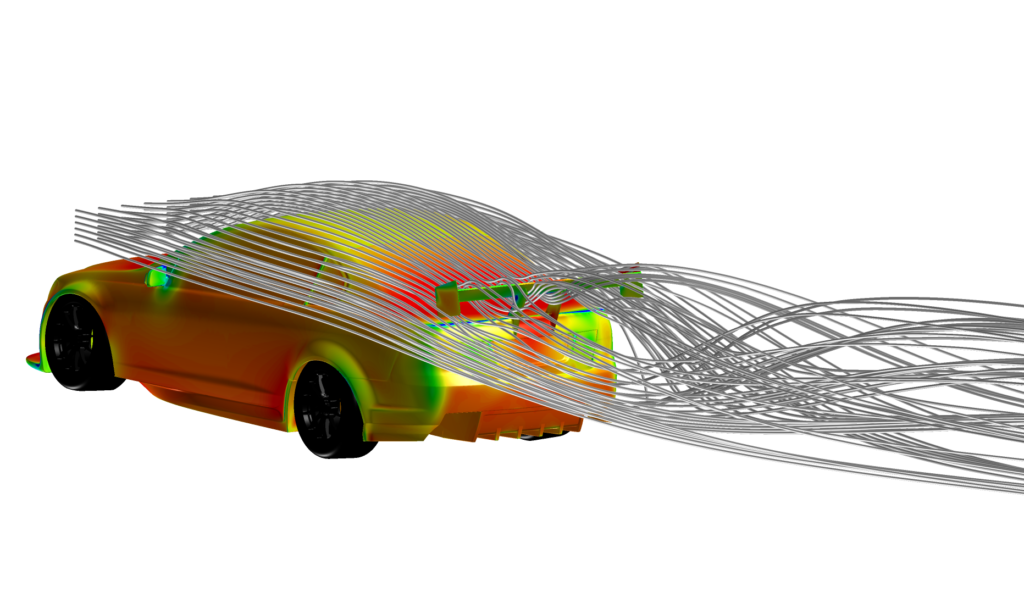Abstract
Design optimization is becoming increasingly important in engineering practice. In particular, shape optimization is becoming an important part of the design process in internal and external vehicle aerodynamics. Reliance on computational models and validation of CFD tools in vehicle aerodynamics has opened doors for optimization procedures in automotive aerodynamic design. Currently approaches to optimal aerodynamic shape design include both gradient and gradient free approaches to defining the optimal shapes. In particular, gradient-free optimization in the form of genetic algorithms is becoming very popular due to the ability of the method to find the global optimal point and straightforward implementation. However, in many engineering applications, and this is especially true in aerodynamics, finding the local minima is quite acceptable especially considering the manufacturing of the resulting shape that should not be significantly different compared to the original one. Gradient optimization algorithms are particularly well suited for efficient finding of local optimal points and they are finding widespread use in external aerodynamics. In addition to the optimal design, sensitivity studies using the sensitivity information are of high value to aerodynamicists. While this approach to improving the aerodynamic performance of vehicles does not constitute a rigorous approach to optimal shape deign, due to the ability of shape derivatives to highlight areas of high sensitivity, it can produce a significant improvements if the derivatives are used as a guideline in shape modifications. Adjoint equations produce shape derivative values of a given objective function in a single solve of the adjoint equations. Therefore, the adjoint approach to design and sensitivity analysis represents a significant advantage to other alternative techniques when the number of objective functions is significantly smaller than the number of independent shape parameters.
Adjoint equations for the incompressible turbulent Navier-Stokes equations are presented. The main characteristic of this adjoint formulation is that it is time symmetry preserving thus kinetic energy conservative. The newly formulated equations were applied to the computation of surface shape sensitivities of an Australian V8 supercar. Three cases for the shape sensitivity were considered: sensitivity of the body, mirror, and the rear wing of the vehicle. Shape derivatives indicated that regions of large curvature, sudden changes and sharp features are responsible for the majority of the surface force sensitivity. Vector plots show the direction of change in shape required to increase the surface force. In addition, examining the rear wing shape derivatives reveal a close correlation to the flow features.

